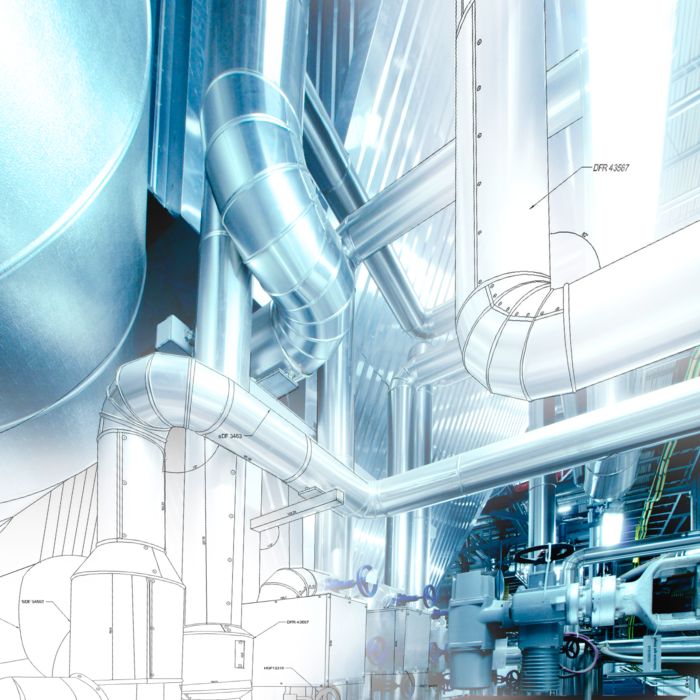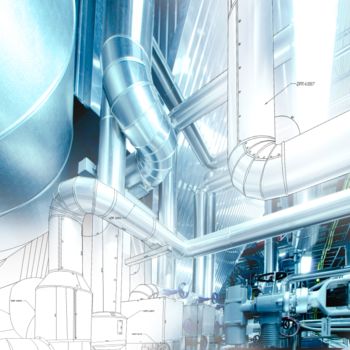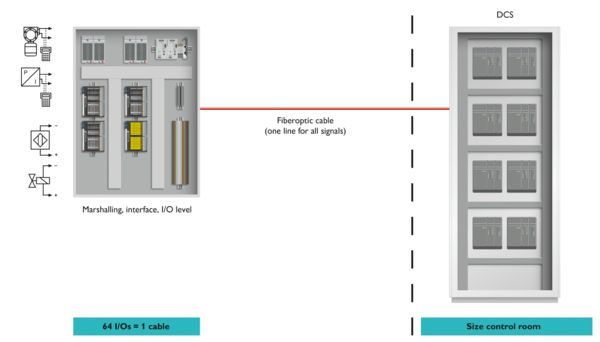
No matter what the requirements are, a standard design can be adapted to all requirements. From simple connection between the field and the control system, through measurement signal conversion or electrical isolation, all the way to applications with increased safety requirements such as functional safety or electrical explosion protection.

















